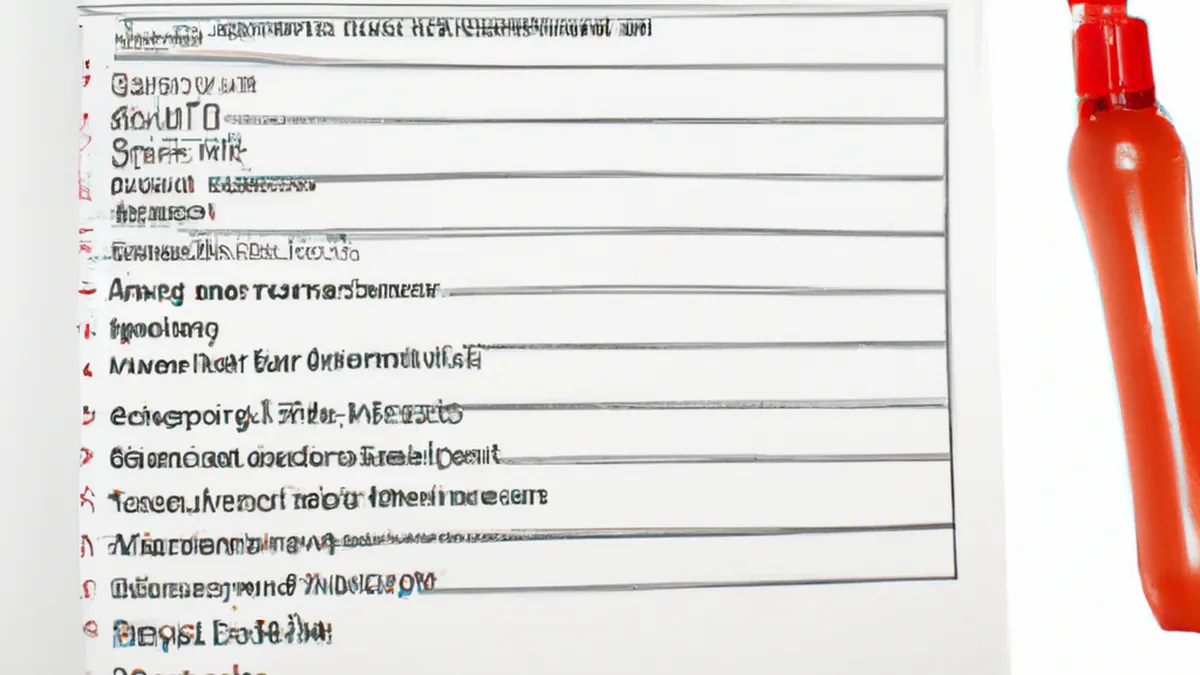Structuring Heat Acclimation for Peak Performance
How to Develop a Heat Acclimation Checklist for Athletes
As temperatures rise, athletes face challenges that affect performance and safety. Heat acclimation helps the body adapt to high temperatures. It allows athletes to perform well while reducing heat-related illness risks. A heat acclimation checklist serves as a vital tool for athletes, coaches, and trainers during hot training or competition. This guide outlines how to create a comprehensive heat acclimation checklist.
Understanding Heat Acclimation
Heat acclimation involves physiological adaptations from exposure to elevated temperatures. The body improves its internal temperature regulation, enhancing performance and lowering heat-related illness risks. Key adaptations include:
– **Increased Plasma Volume:** This supports blood circulation and thermoregulation during heat exercise.
– **Improved Sweat Response:** Acclimated athletes sweat more and produce more dilute sweat, enhancing cooling.
– **Lower Heart Rate:** Acclimation lowers heart rates during exercise, increasing cooling efficiency.
These adaptations are crucial for athletes training or competing in hot environments, enhancing performance and reducing fatigue while minimizing risks like heat exhaustion.
Importance of Heat Acclimation
Heat acclimation’s importance is significant. Athletes who do not acclimate may face decreased performance, increased fatigue, and greater heat-related illness risks. Recognizing heat acclimation’s benefits is vital for developing an effective checklist.
Steps to Create a Heat Acclimation Checklist
Creating a heat acclimation checklist requires strategic steps. Consider these essential factors:
1. Assess the Athlete’s Current Condition
Evaluate each athlete’s fitness level and previous heat exposure before starting the acclimation process. Consider:
– **Experience Level:** Novice athletes may need a gradual acclimation, while seasoned athletes may adapt quickly.
– **Previous Heat Exposure:** Athletes with past training in hot conditions may already possess some acclimation, influencing the checklist.
2. Gradually Increase Exposure to Heat
Gradually increasing training duration and intensity in hot conditions is crucial. Start with shorter sessions, like 30 minutes, and progressively extend to two hours or more. Follow these guidelines:
– **Week 1:** 30 minutes of heat exercise, 3-4 times a week.
– **Week 2:** Increase to 45-60 minutes, maintaining the same frequency.
– **Week 3:**
Conclusion
In summary, develop a heat acclimation checklist to enhance athlete performance and ensure safety during hot conditions.
Below are related products based on this post:
FAQ
What is heat acclimation and why is it important for athletes?
Heat acclimation involves physiological adaptations that occur when the body is exposed to elevated temperatures. It improves internal temperature regulation, enhancing performance and lowering the risks of heat-related illnesses. This process is crucial for athletes training or competing in hot environments, as it helps them perform better while minimizing fatigue and health risks.
How can a coach assess an athlete’s current condition for heat acclimation?
Coaches can assess an athlete’s current condition by evaluating their fitness level and previous heat exposure. Key factors include the athlete’s experience level—novice athletes may require a more gradual acclimation process— and their prior experience with training in hot conditions, which may indicate a degree of existing acclimation.
What are the recommended steps for gradually increasing exposure to heat during training?
To gradually increase exposure to heat, start with shorter training sessions, such as 30 minutes, and progressively extend the duration and intensity. For example, during Week 1, athletes can train for 30 minutes, 3-4 times a week. In Week 2, increase to 45-60 minutes while maintaining the same frequency, and continue this pattern to adapt effectively to hotter conditions.















Post Comment